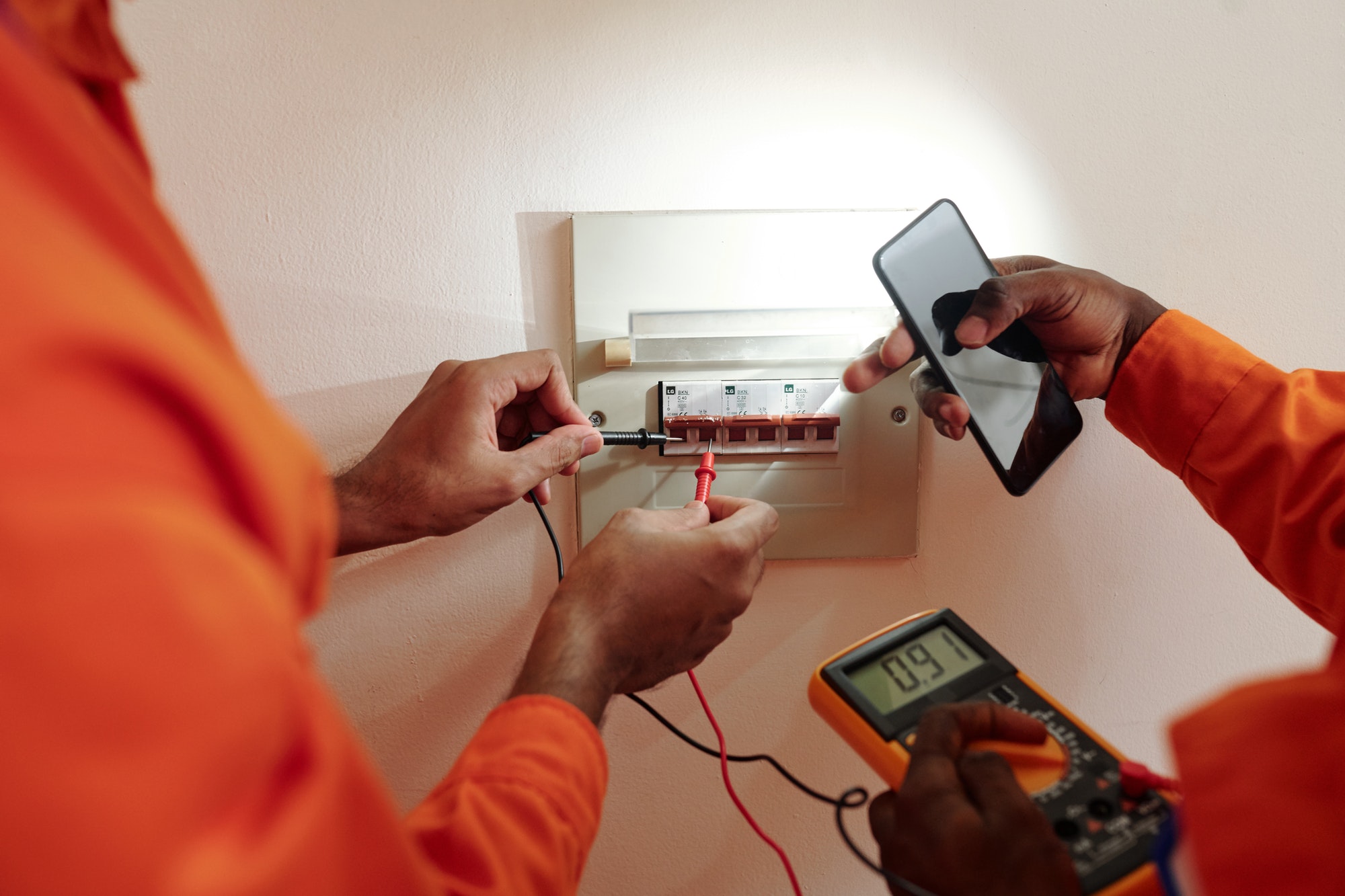Repair or Replace? Making the Right Decision for Your Storage Heater
Storage heaters are a reliable source of warmth, but like any appliance, they can experience issues over time. When faced with a malfunctioning heater, the big question arises: should you repair or replace it? This decision depends on various factors, including the age of the heater, the cost of repairs, and the benefits of new technology. Here’s a comprehensive guide to help you make the right choice.
1. Assess the Age of the Heater
The age of your storage heater is a significant factor in deciding whether to repair or replace it. Most storage heaters have a lifespan of 10 to 15 years. If your heater is approaching or exceeding this age range, it may be more cost-effective to replace it. Older heaters are less efficient and more prone to frequent breakdowns, which can lead to escalating repair costs.
2. Evaluate Repair Costs
Compare the cost of repairs to the cost of a new heater. If the repair costs are relatively low and the heater is still within its useful lifespan, repairing it might be the best option. However, if the repair costs are high—often more than 50% of the cost of a new heater—it may be more economical to invest in a replacement.
3. Consider Energy Efficiency
Newer storage heaters are typically more energy-efficient than older models. Advances in technology have led to improved insulation, better control systems, and more efficient heating elements. Replacing an old, inefficient heater with a new model can result in significant energy savings and lower utility bills. Additionally, modern heaters often come with features such as programmable timers and smart controls, which enhance convenience and efficiency.
4. Assess the Frequency of Repairs
If you find yourself frequently calling for repairs, it’s a clear sign that your storage heater is reaching the end of its useful life. Continual repairs not only add up in cost but also indicate that the heater’s components are wearing out. In such cases, replacing the heater can provide long-term savings and reliability.
5. Examine Safety Concerns
Safety should always be a priority. Older storage heaters can develop safety issues such as faulty wiring, overheating, or even electrical fires. If your heater poses any safety risks, it’s crucial to replace it immediately. Newer models adhere to stricter safety standards and provide peace of mind.
6. Environmental Impact
Replacing an old, inefficient heater with a new, energy-efficient model is better for the environment. Reduced energy consumption translates to a lower carbon footprint. If environmental considerations are important to you, upgrading to a modern, eco-friendly heater can be a motivating factor.
7. Warranty Considerations
Check if your storage heater is still under warranty. If it is, some repairs may be covered, making it more affordable to fix the heater rather than replace it. However, if the warranty has expired, you’ll need to weigh the cost of repairs
8. Availability of Replacement Parts
For older storage heaters, finding replacement parts can be challenging and expensive. If parts are no longer readily available or are costly, replacing the heater might be the more practical option. Newer models will have readily available parts and support, making maintenance easier and less expensive.
9. Upgrade to Modern Features
Modern storage heaters come with a range of features that can significantly enhance your comfort and convenience. Features such as programmable timers, remote controls, smart home integration, and improved heat retention make new models more user-friendly and efficient. If your current heater lacks these features, upgrading can improve your overall heating experience.
Making the Decision: Repair or Replace?
To help you decide whether to repair or replace your storage heater, consider the following steps:
- Age Check: Determine the age of your heater. If it’s over 10-15 years old, replacement is likely the best option.
- Cost Analysis: Compare the repair costs to the cost of a new heater. If repairs exceed 50% of the replacement cost, consider buying a new unit.
- Efficiency Evaluation: Assess the energy efficiency of your current heater. If a new model offers significant energy savings, it might be worth the investment.
- Repair Frequency: Look at the frequency of repairs. Frequent issues indicate it’s time for a replacement.
- Safety Assessment: Ensure your current heater doesn’t pose any safety risks. If it does, replacement is necessary.
- Parts Availability: Check if replacement parts are available and affordable. Scarcity of parts is a strong indicator for replacement.
- Feature Upgrade: Consider the benefits of modern features and whether they justify the cost of a new heater.
Conclusion
Deciding whether to repair or replace your storage heater involves evaluating several factors, including age, repair costs, energy efficiency, and safety. By carefully assessing these elements, you can make an informed decision that ensures your home remains warm, safe, and energy-efficient. Regular maintenance and inspections can help prolong the life of your storage heater, but when the time comes, don’t hesitate to invest in a new model that offers enhanced features and better performance.






